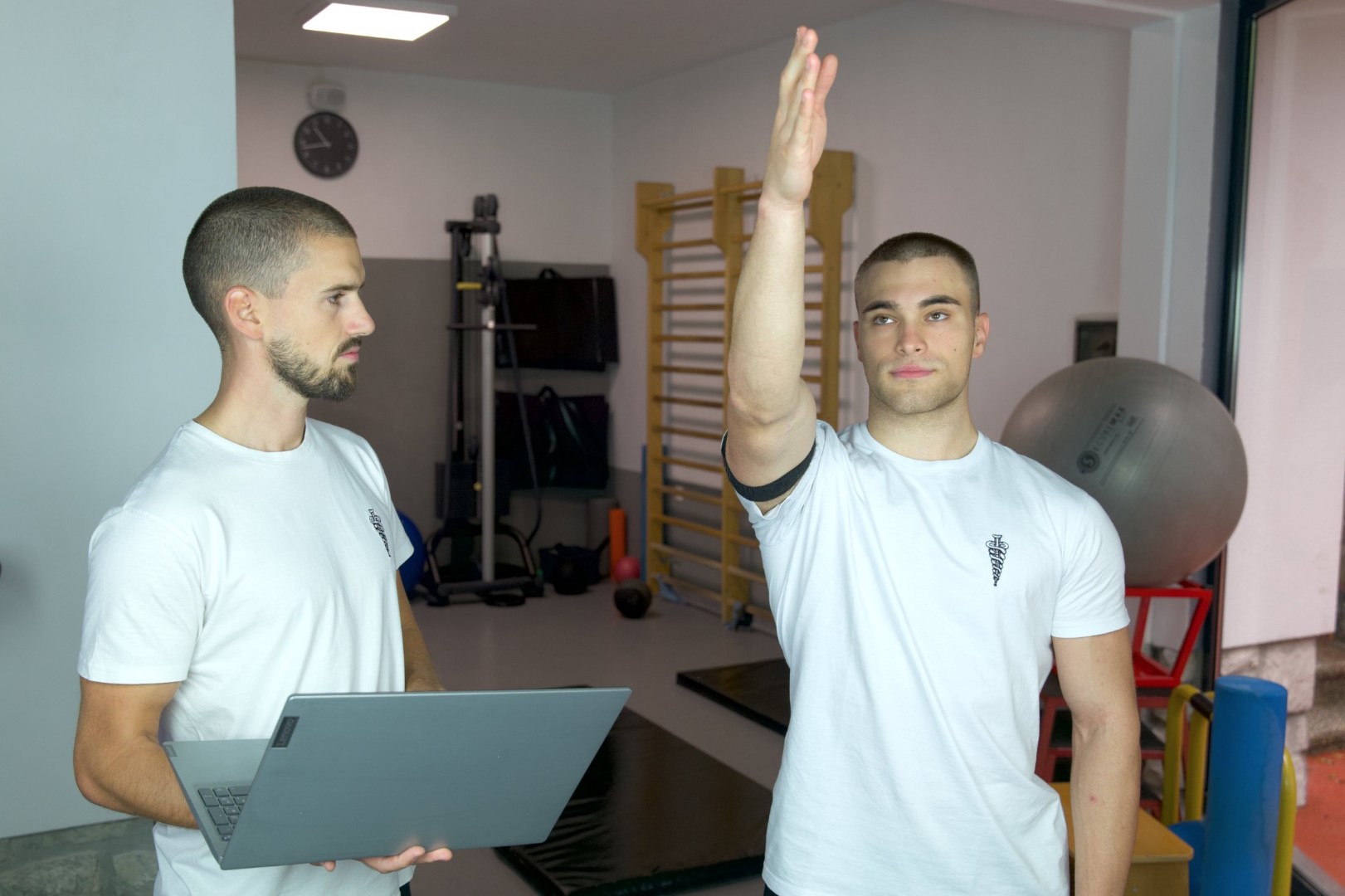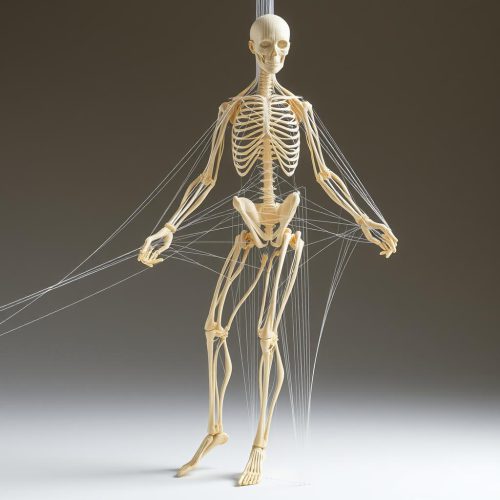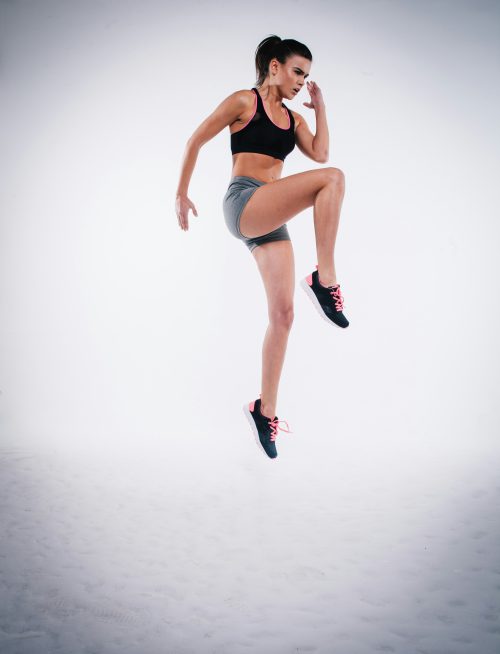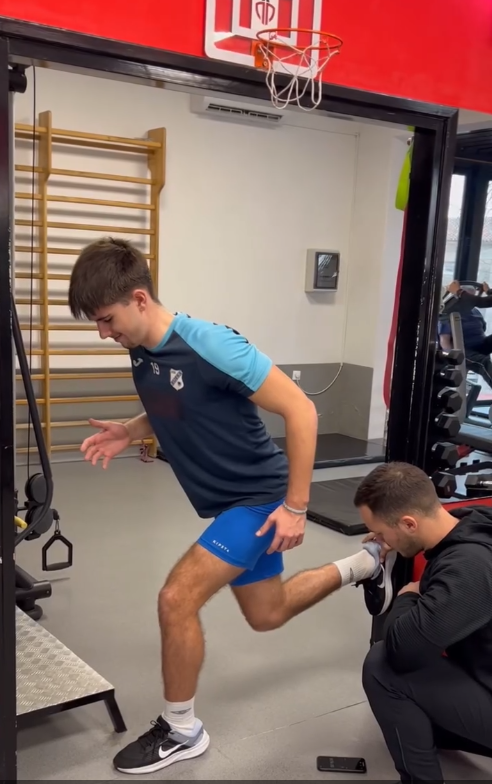In direct translation, impingement means pinching, which means that the pathological processes in this painful syndrome are caused by too strong or too long pressure on the soft tissues in the shoulder.
Shoulder impingement syndrome
Description
Very simply, we can say that there is a blister, but not on the surface of the skin, but a blister deep in the structures of the shoulder, especially the tendons of the rotator cuff. It is important to pay attention to this blister in the treatment, and encourage the tissue to heal. But it is even more important to detect what exactly is the cause of the formation of blisters, and to rehabilitate it, because otherwise the improvements after therapy are short-lived.
When raising the arm, a group of deep tendons called the rotator cuff, together with the bursa (mucous sac), slides under the “roof” of the shoulder, which is made up of bones and ligaments. During extreme movements, when the arm is raised high above the head, the pressure of the roof of the shoulder on the cuff and bursa increases, and if it is strong enough, or the movements are repeated often, irritation or damage to these soft tissues may occur. We call such an injury subacromial impingement. In the sports environment, popular names are water polo shoulder, volleyball shoulder, handball shoulder, or pincher’s shoulder.
The term “impingement” itself includes irritation and inflammation of the bursa, as well as inflammation of the tendons of the rotator cuff, and different forms and sizes of their damage. Thus, it is not unusual to find smaller or larger ruptures of tendons, as well as calcifications, in patients with impingement syndrome. You can find more about these shoulder injuries on these pages.
The symptoms of impingement can be different, depending on age, gender, physical activity, and the way the injury occurred.
Acute bursitis (acute shoulder) is relatively rare, and involves a rapid progression of pain from mild to severe, within a few hours or days. Ultimately, the shoulder can hurt even at rest, and the ability to move is practically non-existent.
More often, the symptoms are related to movement, especially extreme movements with the arm above the head, movements when shooting a ball or some strength exercises. Pains at rest are rare, more often expressed during night rest. Symptoms usually start with sporadic disturbances, which intensify during some activity (washing windows, cleaning…) or during training. In the initial phase, rest can be helpful, while later, the soreness does not decrease even at rest.
The therapeutic approach depends on the results of the examination.
Acute shoulder requires short immobilization, painkillers and, if possible, local cortisone instillation (injection directly into the shoulder), in order to reduce inflammation and pain.
A subacute or chronic condition in which hand movement is possible, but painful, requires treatment. In the classic protocol, he focuses on reducing inflammation in the subacromial space with a whole range of physiotherapy procedures (laser, ultrasound, radiofrequency therapy…), and flexibility and strengthening exercises for the muscles of the shoulder girdle.
Tension model
During the examination, it is important to assess the condition of not only the shoulder joint, but the entire shoulder girdle, including the scapula, acromioclavicular joint, cervical and thoracic spine, and muscles. Namely, lower mobility or a disturbance in any of the mentioned parts of this complex machine can be the main cause or cause of impingement. Put simply, if we think of an impingement as a blister on a foot, then we can think of a shoulder girdle as a shoe. If it is too narrow, or too wide, it will be the main cause of blisters, and the blister will only be a consequence. In this sense, we believe that it is necessary to repair the condition of the shoe first, and only then (and if necessary) deal with the blister.
Thus, in practice, we most often encounter a less mobile scapula, a hypomobile thoracic spine, and shortened fibers of the rear part of the capsule in the sense of a shoe that is too narrow, or general benign hypermobility, or acquired local hypermobility in the sense of a shoe that is too wide. In the first case, manual therapy with the aim of increasing the mobility of the less mobile segments is the method of first choice (mobilization, manipulation, mobilization with movement), while in the second case, it is necessary, with very specific manual techniques, to immediately access appropriate exercise.
Situations where a shoe is not “too narrow or too wide” and is clearly diagnosed as impingement speak in favor of pure overuse syndrome, just as you can earn a blister in the most comfortable tennis shoes, if the mileage is greater than what your skin on the foot can do can bear.
In such impingements, it is necessary, together with the patient, to evaluate the activities that led to the pain (working with the arm above the head, sports training), and to modify them so that they do not become the cause of the inflammatory process again in the future.
Regardless of the estimated cause of pain, in all athletes with shoulder impingement, it is necessary to carry out a diagnosis of the training process and its modification. Also, and after remediation of symptoms, it is important that active athletes carry out the so-called compensatory training, which means a set of exercises, determined individually, and according to established postural or other risks, for the purpose of permanent prevention of the recurrence of the inflammatory process or injury.
The treatment of impingement can last very short (if the cause is purely mechanical, without inflammation), up to several months (if the inflammatory part is pronounced, or the degeneration of soft tissues is extensive). In chronic cases, it is possible to apply shock wave therapy as a stimulation of the healing of damaged tendons.
In the case of pure shoulder impingements (without calcifications or rotator cuff tendon ruptures), surgery is performed very rarely, and only when persistent physiotherapy is not working.






